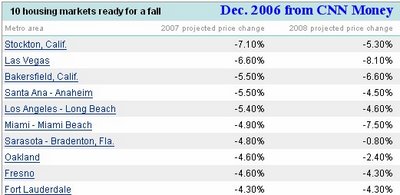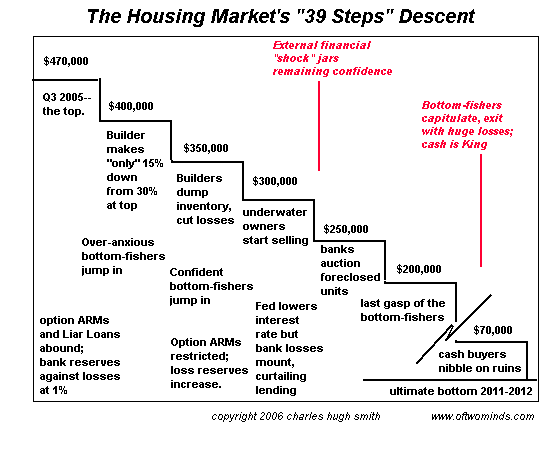Stock market dividend trends

The question is whether the current market is overvalued since overvaluation tends to lead to trouble? Charles Dow used the dividend yield on the Dow as his gauge of valuation. Earnings can be whatever an accountant says they are, but there's no BS about dividends. A company doesn't pay out a dividend unless it's making money, and when a company raises or lowers its dividend, serious analysts always take note.
Growth Fund Guide follows the dividend multiple (price times the dividend) for the S&P 500 going back to the mid-1800s. For instance, the price/dividend ratio for the S&P was a fat 35 at the 1929 high, and you know what happened after that. In February 1966 the price/dividend ratio was a high 34 and a long bear market followed. In August of 1987 the price/dividend ratio was a high 38, after which came a market smash.
So what's the price/dividend today? It's a record high 57, but never mind, it's possible that "this time it's different," and there'll be no negative aftermath following the current extreme overvaluation.
But for anyone who is short this market, I will warn you in Keynes' words -- "The market can stay irrational longer than you can stay solvent."









